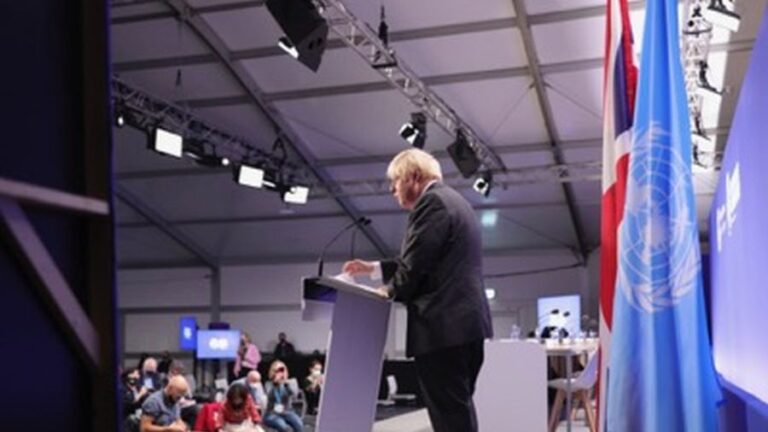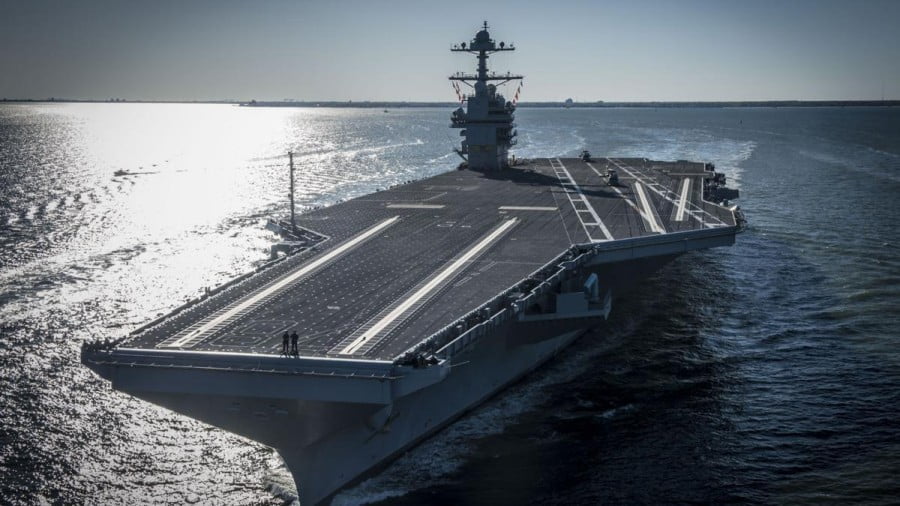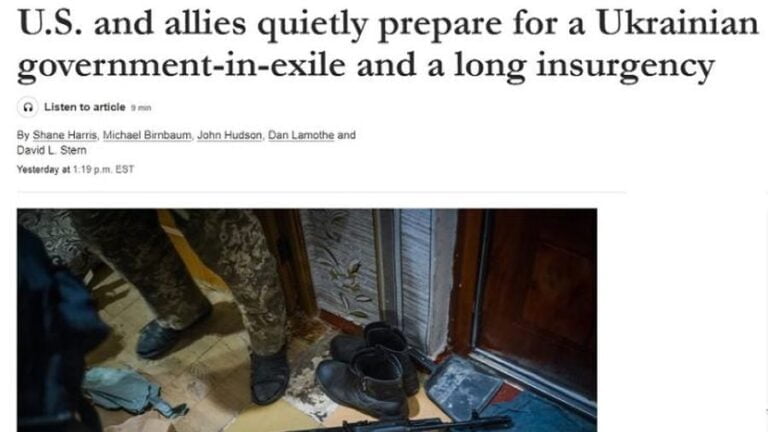US-Led Economic Alliance – Doing the “Humpty Dumpty” Blindfolded
There’s a lot more to the news that India-based defense company BrahMos Aerospace will soon close a deal to sell Indonesia supersonic cruise missiles worth at least $200 million than meets the eye. The India-Russia joint venture via BrahMos could have lasting geopolitical effects in Southeast Asia and on the current American hegemony.
Another India-Russia joint venture was just clinched last year when the Philippines ordered $375 million in shore-based anti-ship missiles. This deal was part of Indian Prime Minister Narendra Modi’s ambition to triple India’s defense exports. And for Russia, every partnership sealed in Asia is a thorn in the side of the so-called western alliance.
The Philippines have indicated their deal is a kind of “icebreaker” for potential further corporations. And the India component of the negotiations going on is both vital, and brilliant from the Russian standpoint. The United States has been busy trying to torpedo direct Russian sales to the Philippines and other countries in Southeast Asia, so Modi edging closer and closer to Russia economically, and perhaps strategically, is a thorn in Washington’s side.
Whatever the reasons, Indonesia’s acquisition of new weapons grew by about 28% in 2021 and then 69% in 2022. As for the Philippines, the country elevated acquisitions by 29% in 2021 and 40% in 2022. Take note, these figures are much higher than the average investment in military hardware and systems elsewhere in the region.
Traditionally, much of Southeast Asia’s new weapons acquisitions have come from traditional suppliers, like the United States, France, and Russia too. However, India, which is now the world’s largest defense importer, is entering the game with BrahMos to gain market share. According to BrahMos CEO
“We have got the go-ahead to market to every country in southeast Asia from both the government of India and the government of Russia.”
Meanwhile, the US is busy trying to leverage every Asian nation it can to turn on the Russians where the Ukraine crisis is concerned. So far, there have been few takers. The Philippines government was slammed recently for allowing the US to expand military bases in the country. Joint US-Philippines military drills recently, were another important card played by the west in what is now a battle for hearts, minds, and strategic necessity. Friction in the region is building not only in the military sphere but as the US and other banks recoil after the huge Silicon Valley Bank (SVB) went bust. Reverberations are hitting markets in Southeast Asia, as well.
On a positive note, from the Russian side, news the Russian Union of Industrialists and Entrepreneurs (RSPP) has held a Forum titled “Pushing the Horizon: Strategy of Eurasian Economic Integration in the New Conditions and the Role of Business” seems promising for the Eurasian Economic Union (EAEU) to push towards internationalization. The EAEU free trade bloc is comprised of Armenia, Belarus, Kazakhstan, Kyrgyzstan, and Russia. The bloc connects most of Eastern Europe to Western China. In addition, the finalizing of the EAEU free trade agreement with Iran, as well as an FTA with Egypt, put still more pressure on the west since sanctions on Russia have backfired.
Now there are negotiations underway with Indonesia and the United Arab Emirates. And, if Mexico is serious about joining the BRICS, America’s military bases surrounding Russia and China will be less significant than the trade and economic encirclement of the western allied nations. Western economic leaders seem intent on continuing interest rate hikes across the board despite the fragility of the banking system and the market. It’s as if Humpty Dumpty is already falling and is in denial. From Washington to Geneva, Switzerland the strategy seems to be to print more money to give a transfusion to a terminal economic blowout. The west’s central banks seem all too eager to jump in to raise debt ceilings still higher.
Finally, the genius plan to destroy Russia and take over the world in one swoop seems to have run into insurmountable roadblocks. What’s shaping up is a multipolar world where resource-rich, but economically poorer nations are in a pitched battle with stagnant North America and resource-poor Europe. The hegemony has already crumbled. It will be interesting (maybe scary) to see how the Biden Administration reacts to it all.







